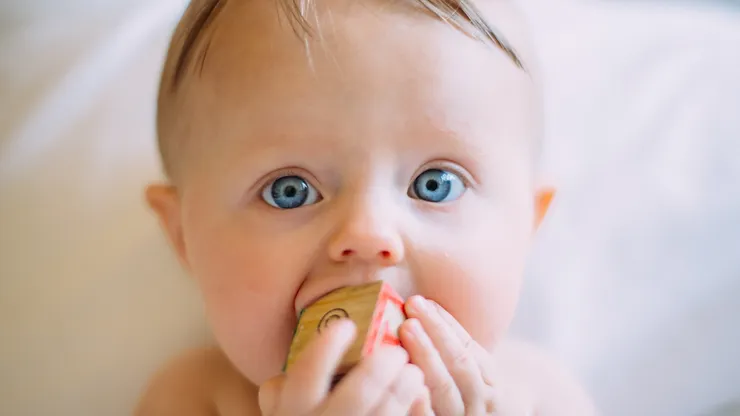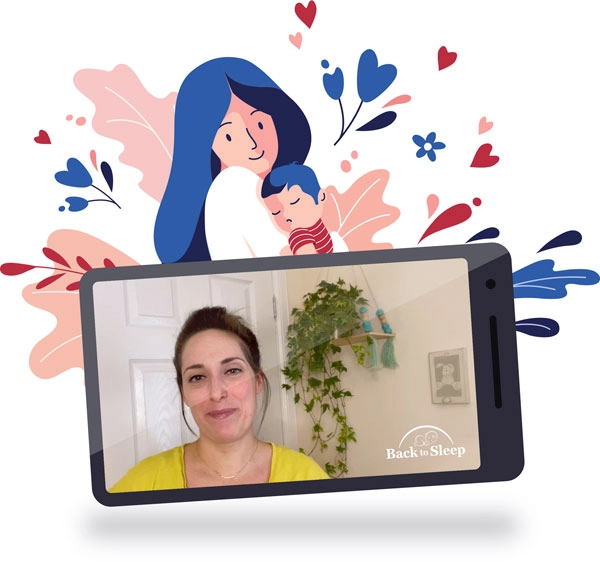Have you ever seen your little one’s eyes flicker and move rapidly while sleeping? That’s called REM Sleep (or dream sleep). This part of the sleep cycle is in charge of brain development, memory retention and implementation of new learnings from their busy little lives. During REM Sleep, your Little One’s brain is processing everything they’ve experienced and learned that day and creates neural connections to improve their memories.
A baby’s sleep cycle always starts with dream sleep, followed by NON-REM Sleep (or deep sleep) which is in charge of repairing the body and generating energy for their next waking window. This stage promotes growth and development whilst strengthening the body and immune system, which is why it’s crucial for their health.
How long is a sleep cycle?
Young babies sleep in cycles that last about an hour (in adults, they last for about an hour and a half). For optimal growth and development, babies must complete as many sleep cycles as possible. Failing to do so can affect brain and cognitive development, cause poor digestion and impact the immune system, as well as causing bad moods and tantrums.
Most surprising of all, missing too many sleep cycles can even cause ADHD-like symptoms. Thank goodness it can be remedied with some extra, high quality sleep!
How can you help them complete sleep cycles?
Help their melatonin secretion by:
- Exposing them to sunlight during the day
- Darken the room for sleep time (the darker the better)
- Slow down before bedtime (a healthy bedtime routine can really help)
One more important thing is to follow your little one’s sleepy signs. Responding early to their body’s sleepy signals (within 30 min of first sign at most) will assist with calmer, quicker bedtimes and promote full sleep cycles – day and night.



